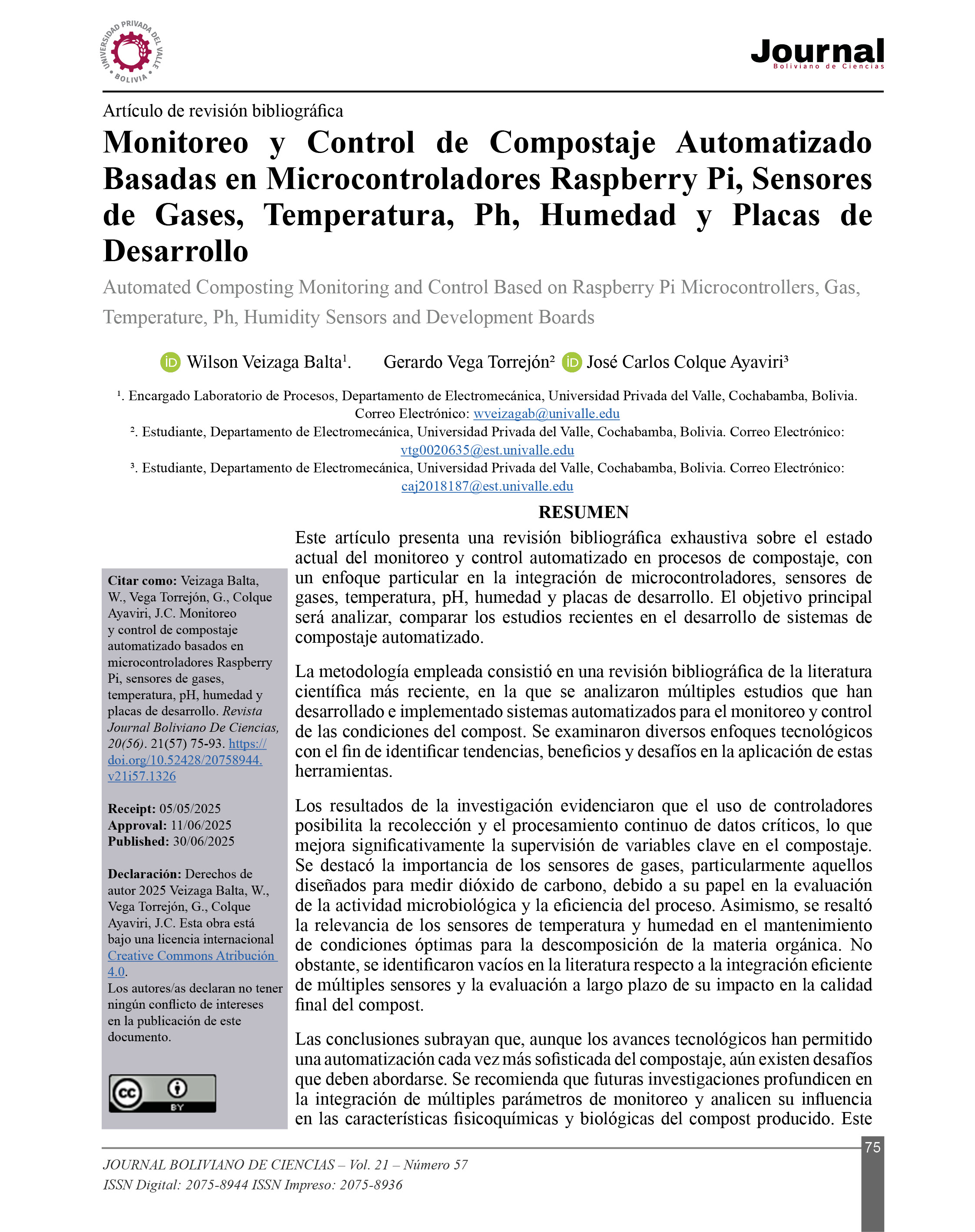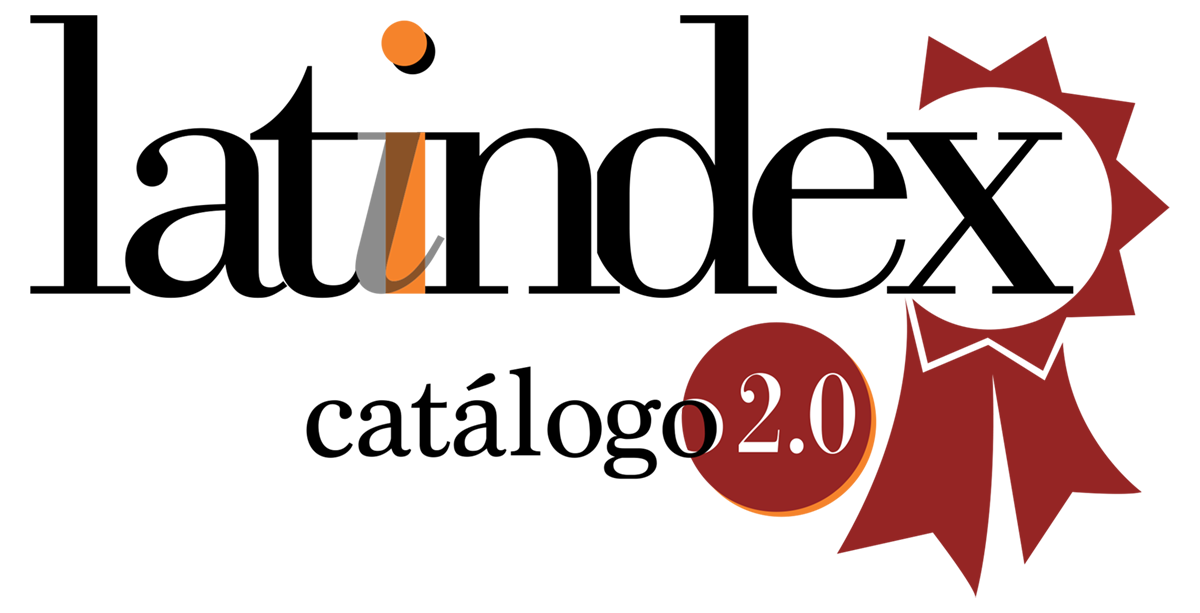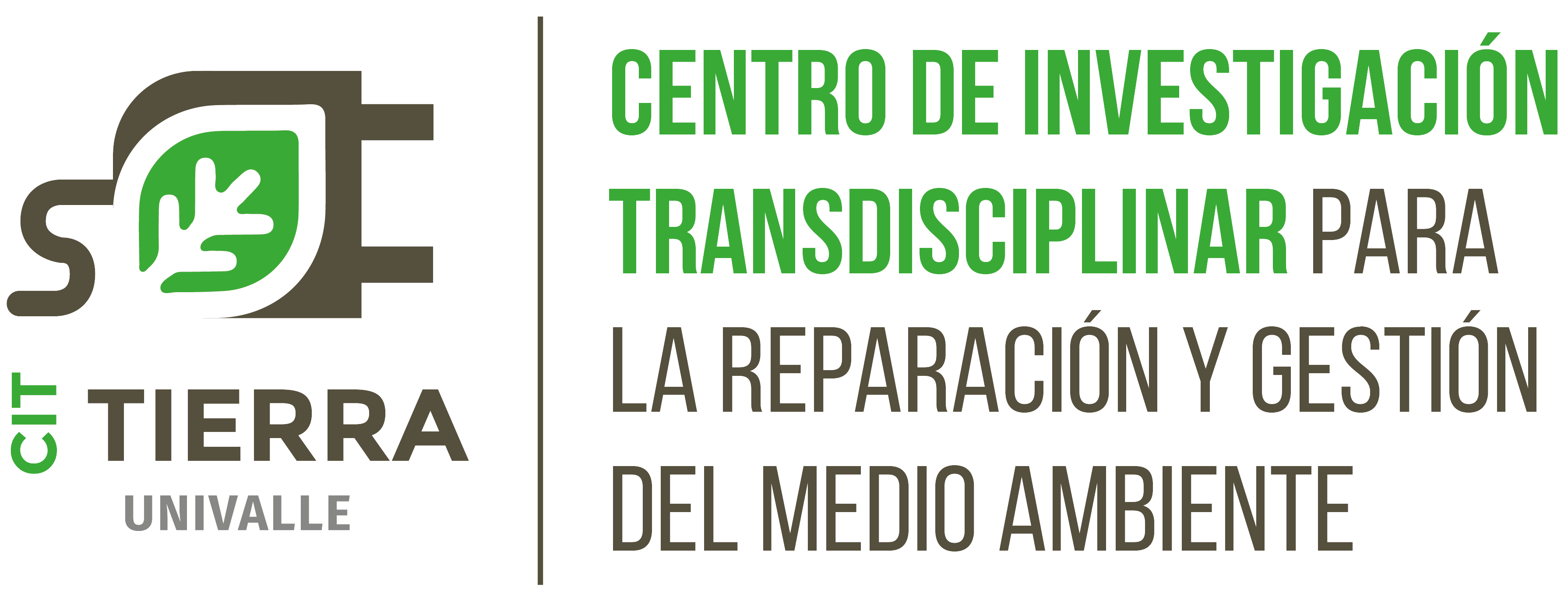Automated composting monitoring and control based on Raspberry pi microcontrollers, gas, temperature, pH, humidity sensors and development boards
DOI:
https://doi.org/10.52428/20758944.v21i57.1326Keywords:
Composting, Automated, Sensors, ControllersAbstract
This article presents a comprehensive literature review on the current state of automated monitoring and control in composting processes, with a particular focus on the integration of microcontrollers, gas, temperature, pH, and humidity sensors, as well as development boards. The main objective is to analyze and compare recent studies related to the development of automated composting systems.
The methodology employed consisted of a systematic review of the most recent scientific literature, in which multiple studies that have developed and implemented automated systems for monitoring and controlling composting conditions were analyzed. Various technological approaches were examined to identify trends, benefits, and challenges in the application of these tools.
The research findings showed that the use of controllers enables the continuous collection and processing of critical data, significantly improving the monitoring of key variables in the composting process. The importance of gas sensors—particularly those designed to measure carbon dioxide—was emphasized due to their role in assessing microbial activity and process efficiency. Likewise, temperature and humidity sensors were highlighted for their relevance in maintaining optimal conditions for the decomposition of organic matter. However, gaps in the literature were identified regarding the efficient integration of multiple sensors and the long-term evaluation of their impact on the final quality of the compost.
The conclusions underscore that, although technological advancements have enabled increasingly sophisticated composting automation, there are still challenges to be addressed. Future research is recommended to deepen the integration of multiple monitoring parameters and to analyze their influence on the physicochemical and biological characteristics of the produced compost. This study reaffirms the potential of these technologies to transform composting into a more efficient, controlled, and sustainable process, with relevant applications in both urban waste management and agricultural production.
Downloads
References
'360 Soluciones verdes. (2020, agosto 6). Composteras manuales y automatizadas para residuos orgánicos. https://www.360-sv.com/productos
Aldana Pulido, D., & Rodríguez, L. (2022). Desarrollo de prototipo automatizado para el monitoreo de variables de compostaje. Revista Nova, 20(1), 25-35.
Arízaga-Gamboa, R., & Sánchez-Álvarez, J. (2022). Sistema de compostaje automatizado para desechos sólidos orgánicos generados en un mercado. Polo del Conocimiento, 7(12), 1-15.
aviNews. (2020, diciembre). Importancia del compostaje y cómo se hace. aviNews. https://avinews.com/importancia-del-compostaje-y-como-se-hace/
Brizuela-Solis, J. (2021). Diseño de un dispositivo inteligente automatizado para facilitar el compostaje doméstico. Revista CS-UCA, 15(2), 55-70.
Composta en Red. (s.f.). El compost y el compostaje. https://www.compostaenred.org/el-compost-y-el-compostaje/
Compost Systems. (s.f.). Earth Flow: Automatic composting system. https://www.compost-systems.com/en/products/container-technology/earth-flow
González, A., & Martínez, F. (2017). Compostaje de biorresiduos: Tendencias de investigación y pertinencia en países en desarrollo. DYNA, 84(203), 334-342. DOI: https://doi.org/10.15446/dyna.v84n203.61549 DOI: https://doi.org/10.15446/dyna.v84n203.61549
LEANpio. (2024, diciembre 5). Compostadores industriales y plantas de compostaje. https://www.leanpio.com/es/compostadores-industriales
Longoria Ramírez, M., & Torres, L. (2014). Diseño, construcción y prueba de un prototipo automático para compostaje. Revista Ingeniería y Desarrollo, 32(1), 15-25.
Medina Lara, A., et al. (2017). Generación de un inoculante acelerador del compostaje. Revista de la Facultad de Agronomía, 116(2), 1-10. DOI: https://doi.org/10.1016/j.ram.2017.03.010 PMid:29102283 DOI: https://doi.org/10.1016/j.ram.2017.03.010
Patiño-Forero, L., & Gómez, M. (2023). Automatización de una planta de compostaje. Revista ITC, 5(1), 45-60. DOI: https://doi.org/10.57173/ritc.v1n17a7 DOI: https://doi.org/10.57173/ritc.v1n17a7
Patiño-Forero, L., & Gómez, M. (2023). Sistema de recuperación de plásticos para comunidades rurales. Revista ITC, 5(1), 61-75.
Saavedra Hernández, J. (2021). Diseño del prototipo de un compostador doméstico [Tesis de pregrado, Universidad de los Andes]. Repositorio Uniandes.
Yánez, M., & Pérez, R. (2007). Evaluación del compostaje de residuos agroindustriales. Revista Boliviana de Química, 24(2), 45-53.

Published
How to Cite
Issue
Section
License
Copyright (c) 2025 Wilson Veizaga Balta, Gerardo Vega Torrejón, José Carlos Colque Ayaviri

This work is licensed under a Creative Commons Attribution 4.0 International License.
Authors who publish with this journal agree to the following terms:
- Authors retain copyright and grant the journal right of first publication with the work simultaneously licensed under a Creative Commons Attribution License 4.0 that allows others to share the work with an acknowledgement of the work's authorship and initial publication in this journal.
- Authors are able to enter into separate, additional contractual arrangements for the non-exclusive distribution of the journal's published version of the work (e.g., post it to an institutional repository or publish it in a book), with an acknowledgement of its initial publication in this journal.
- Authors are permitted and encouraged to post their work online (e.g., in institutional repositories or on their website) prior to and during the submission process, as it can lead to productive exchanges, as well as earlier and greater citation of published work.














